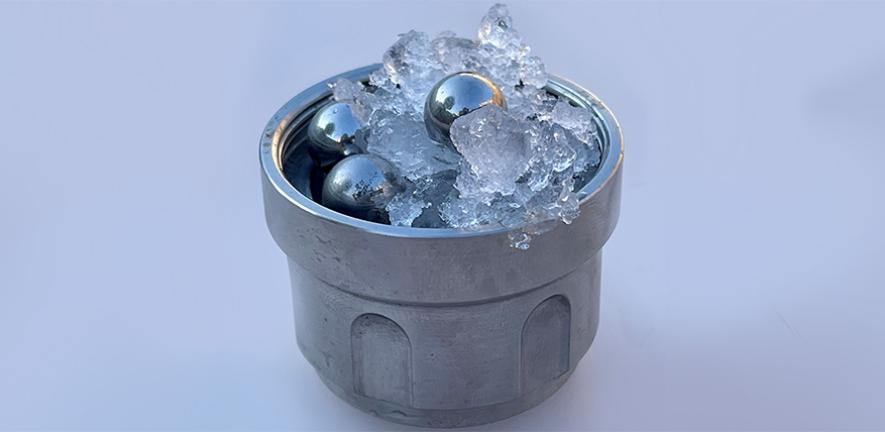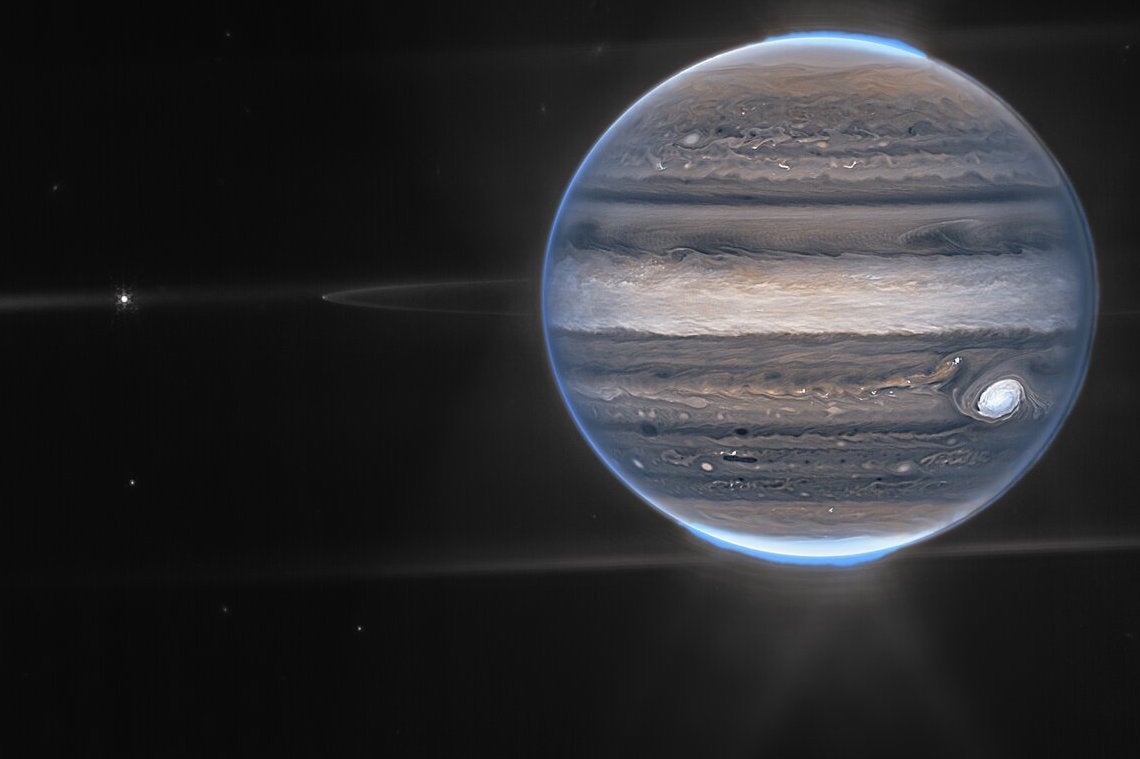Scientists discover new form of ice which could exist on ‘ice moons’ of outer solar system
Discovered by research teams at UCL and Cambridge, the ice could exist inside the ice moons of the outer solar system
Your support helps us to tell the story
From reproductive rights to climate change to Big Tech, The Independent is on the ground when the story is developing. Whether it's investigating the financials of Elon Musk's pro-Trump PAC or producing our latest documentary, 'The A Word', which shines a light on the American women fighting for reproductive rights, we know how important it is to parse out the facts from the messaging.
At such a critical moment in US history, we need reporters on the ground. Your donation allows us to keep sending journalists to speak to both sides of the story.
The Independent is trusted by Americans across the entire political spectrum. And unlike many other quality news outlets, we choose not to lock Americans out of our reporting and analysis with paywalls. We believe quality journalism should be available to everyone, paid for by those who can afford it.
Your support makes all the difference.Scientists have discovered a new form of ice that may shed light on how we think about water.
The ice is amorphous, meaning its molecules are in a disorganised form rather than neatly ordered as in ordinary, crystalline ice.
The newly-named MDA (medium-density amorphous ice) more closely resembles liquid water than any other forms of ice and could help given scientists a better understand of H2O.

Researchers at University College London and the University of Cambridge made the unexpected discovery during “one of those Friday afternoon experiments where you just do it and see what happens”.
The team shook ordinary ice together with steel balls in a jar cooled to minus 200C. Rather than producing small pieces of ordinary ice, the scientists found a form of ice that had the same density as liquid water.
Notably, amorphous ice is the main type found in space as its cold environment means that it does not have enough thermal energy to form crystals. It is rare on Earth.
MDA, which appears like a fine white powder, could exist inside the ice moons of the outer solar system.
Tidal forces from Jupiter and Saturn could exhibit similar forces on ordinary ice as those created in this ball-mining experiment.

The study also found that when the ice was warmed up and recrystallised, it released a large amount of heat which could potentially trigger tectonic motions and “icequakes” in the ice-coated moons such as Jupiter’s Ganymede. This ice can be several kilometres thick.
“Water is the foundation of all life,” said Professor Christoph Salzmann of University College London. “Our existence depends on it, we launch space missions searching for it, yet from a specific point of view it is poorly understood.
“We know of 20 crystalline forms of ice, but only two main types of amorphous ice have previously been discovered, known as high-density and low-density amorphous ices.
“This finding may have far-reaching consequences for our understanding of liquid water and its many anomalies.”





Join our commenting forum
Join thought-provoking conversations, follow other Independent readers and see their replies
Comments